Issey Miyake, Comme des Garçons: Look inside Melbourne store Dot Comme’s collection of women’s and men’s vintage fashion
Dot Comme founder Octavius La Rosa started collecting avant-garde fashion 10 years ago. His archive is now one of Australia’s most unique retail experiences.
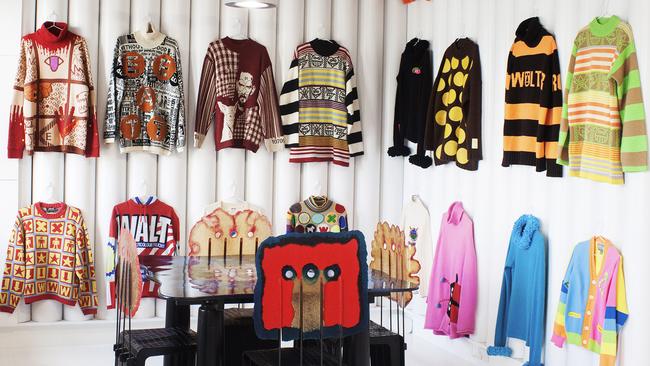
Octavius La Rosa has a bigger wardrobe than most. “I haven’t done a good stocktake in a while, but I think there’s about 4,000 pieces in total,” says the collector, who grew up on the outskirts of Melbourne.
He estimates that 1,000 of those pieces are part of his store inventory – La Rosa is the owner and operator of Dot Comme, an inimitable retail space in Melbourne that sells high-end archival fashion by cult Japanese and Belgian brands, such as Comme des Garçons, Issey Miyake and Walter Van Beirendonck. “So I guess the remaining pieces are mine,” adds La Rosa, who goes by ‘Otto’ for short. “Most of it I don’t sell.”
Three thousand pieces of clothing might seem like a lot (it is). But just like you might collect stamps, coins and art, for La Rosa, buying and archiving sought-after vintage fashion made during a specific decade by a specific subset of designers from specific parts of the world began as a hobby. Now, he says it’s a full-blown obsession.
“I’ve always collected things,” says La Rosa, who is softly spoken, verging on shy. “I guess I’m just that way inclined. I think it’s interesting to know about the backstory of things.”
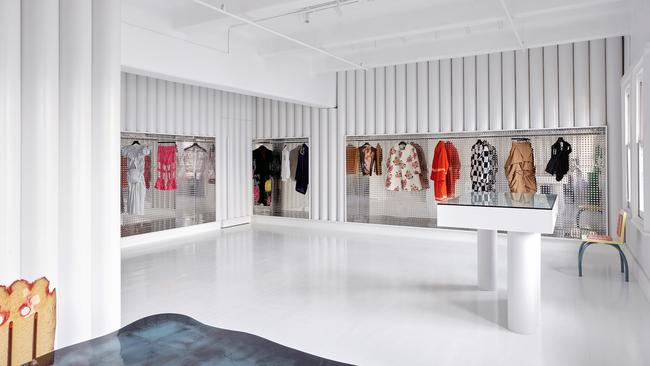
It was during high school that he discovered the work of Van Beirendonck, who is part of the influential design collective known as the ‘Antwerp Six’, though La Rosa can’t remember how he unearthed the designer, exactly. “It certainly wasn’t anything that my friends were interested in,” he says. “They thought I was weird. I’m sure.”
A trip to Japan introduced La Rosa to seminal Japanese designers like Rei Kawakubo of Comme des Garçons, whose legacy inspired the theme of the 2017 Met Gala and its accompanying Costume Institute exhibition, ‘Art of the In-Between’.
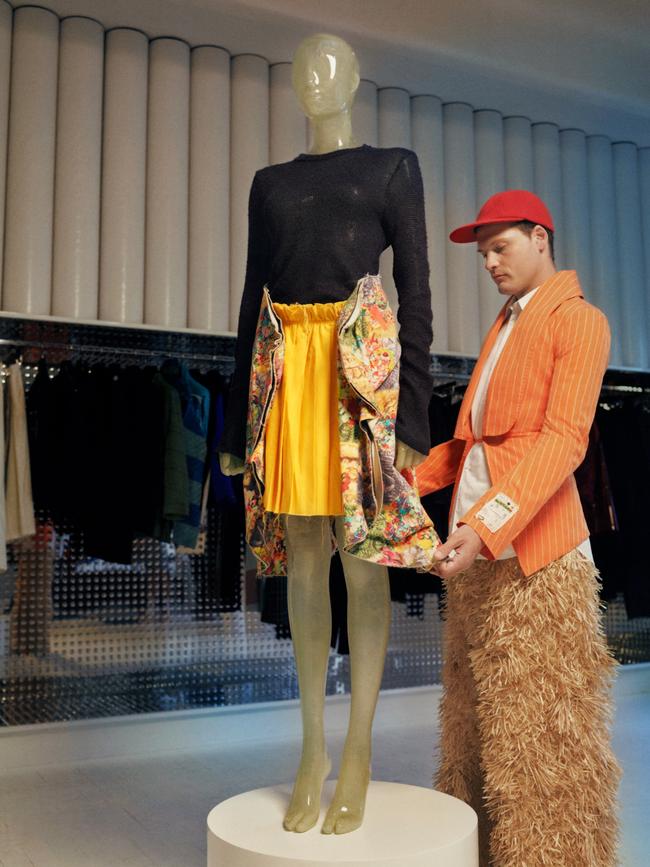
“I was just rummaging around these vintage stores and I came across these pieces. I thought they were really unique,” recalls La Rosa. “I was just buying it to wear myself at that point, but I ended up with a mess, quite a number of pieces.”
Turning your hobby into a business has its risks. But in 2010, when La Rosa began selling the garments he was less attached to on eBay, it was never with the intention of one day opening his own store. Just like every fashion-obsessed teen with great taste and a small budget, La Rosa just needed to make some money. And back then, the market for high-end second hand fashion – especially pieces made by designers with cult-like followings in the early stages of their careers – wasn’t as saturated as it is today (according to GlobalData, the global fashion resale market is expected to be worth approximately $68 billion dollars by 2023).
La Rosa says his unusual pieces found new homes very quickly.
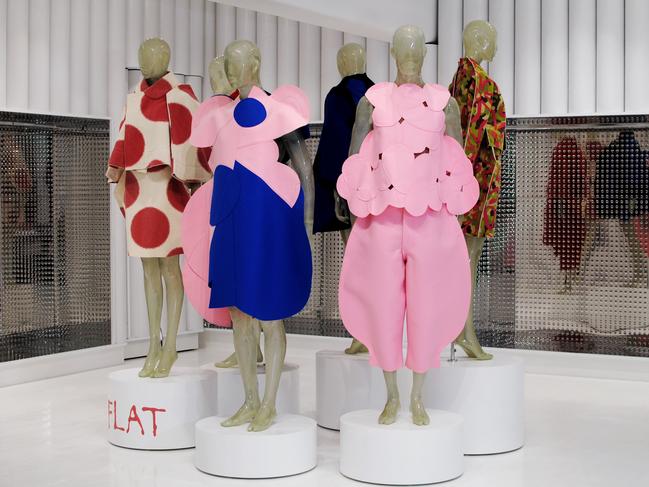
So he began to source and buy pieces with the primary aim of selling them on. Still, his collection outgrew his home wardrobe, so he rented a pokey studio space in Melbourne’s Nicholas Building, and started storing his pieces there. Word of La Rosa’s unique collection of rare fashion began to spread, and he would open his archive to friends of friends who soon became clients.
He had to upsize once more before finding a permanent home inside Swanston Street’s Curtain House, which was once the headquarters of Australia’s Communist Party (today it houses art bookshop Metropolis, buzzy Thai restaurant Cookie and the Rooftop Bar and Cinema among other cool, creative enterprises).
Dot Comme now occupies two floors of the building: there’s the main retail space, where more ‘wearable’ vintage pieces by the six designers Dot Comme stocks are displayed and sold, while one storey up, the Dot Comme Collection exhibits a rotating selection of La Rosa’s most collectable, most outré pieces.
Among them is a dress from Comme des Garçons’ Spring 1997 ‘Lumps and Bumps’ collection, which is now regarded as one of designer Rei Kawakubo’s most iconic. Pieces from the collection regularly command thousands of dollars on online auction houses and resale sites like the U.S.-based 1st Dibs.
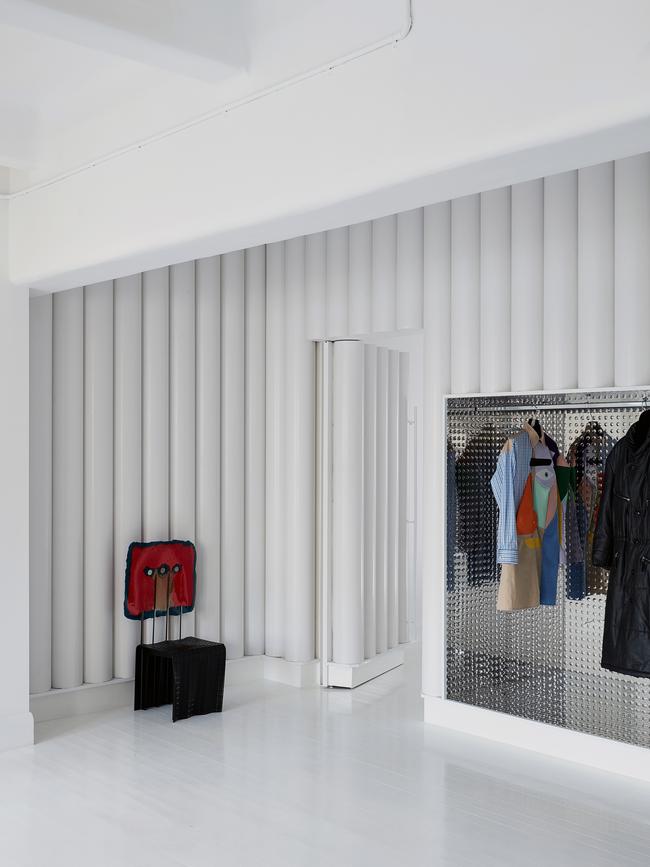
“I’ve also got some really amazing Yohji [Yamamoto] pieces, but they’re probably not quite as valuable,” ponders La Rosa. “But vintage Yohji, the big over-size jackets and suits, they sell quite well.”
Like Kawakubo and Miyake, Yamamoto is a designer whose early-career work has been discovered by a whole new generation of social media-savvy fashion fans, which has caused the demand for pieces to rise.
“It’s just exploded,” says La Rosa. “It’s a pretty recent phenomenon. There was no one doing it when I started out – maybe one other person, but I’m pretty sure they were also just selling their personal stuff. There is so much more of a culture being built around it now.”
This groundswell of interest in archival fashion, and in particular menswear, has helped to buoy Dot Comme during what has been a very testing time for fashion retail, especially independent brick-and-mortar boutiques. Last month, luxury e-commerce platform Farfetch invited Dot Comme to be part of a new global campaign championing independent fashion retailers, alongside world-renowned shopping destinations like 10 Corso Como in Milan and Browns in London, which speaks volumes of the reputation Dot Comme maintains among the international fashion community.
So too does the store’s Instagram following: International tastemakers like New York Times’ Critical Shopper columnist Jon Caramanica, super-stylist Mark Vassallo and Gucci collaborator Willy Ndatira all follow Dot Comme on the platform.
Australian journalist Dan Thawley, who is the Editor-in-Chief of acclaimed Belgian fashion publication A Magazine Curated By, is also a fan of the store. Thawley was asked to select some of his favourite looks from La Rosa’s archive as part of the Farfetch campaign, which was called ‘The Perfect Match’.
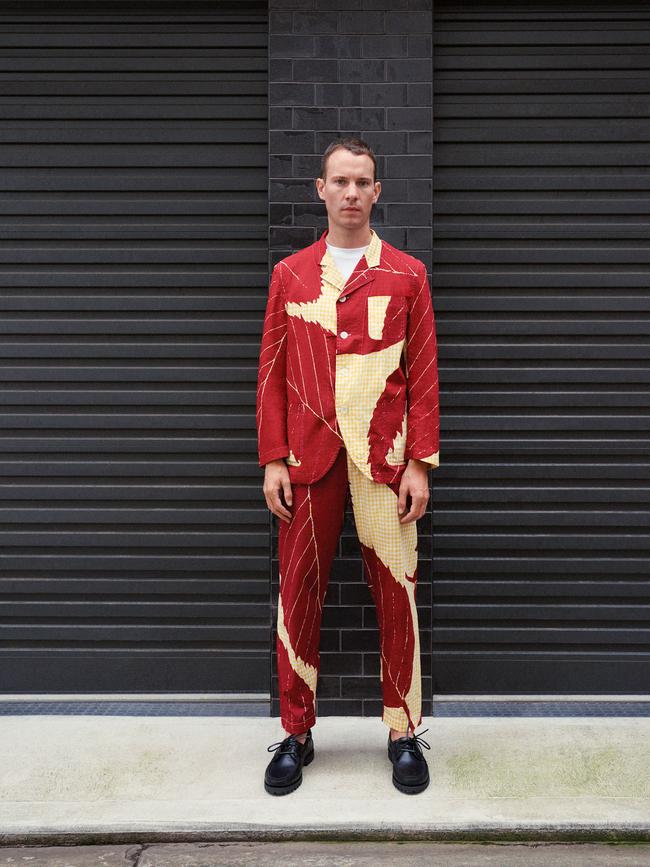
“Dot Comme is an interesting case study in the mounting wave of nostalgia in contemporary fashion today,” wrote Thawley in an email to The Australian, from his home in Paris. “There’s a duality in terms of audience at play here: Original fans who remember these ’recent vintage’ pieces at the time they were shown on the runways and were scarcely available worldwide (let alone on Australian shores), and other new fashion customers who are discovering the designers and pieces for the first time in our digital age.“
It’s not often that social media helps to promote an inherently physical experience like shopping at Dot Comme (the business does have an online store, but the touch-and-feel experience, as well as the community interaction you get in the Curtain House stores has always been its edge). But in an indirect sort of way, the nascent wave of nostalgia for high-end vintage fashion that’s percolating online has led local shoppers to discover this somewhat-hidden gem.
“Our customer base was definitely made up of mostly international traffic before Covid. But we’ve actually gotten so many new customers since the lockdowns were lifted, which has been fantastic,” says La Rosa. “All of these new people are discovering the store for the first time, even those it’s been here for ages.”
He’s optimistic that a sense of appreciation for unique businesses will continue to sprout as Australia reopens.
“I still think that there’s a lot of interest in shopping at physical retail spaces. It’s nice to have more independent boutiques rather than big name brands; I think they are what really add to the culture of Melbourne. And our customers really just love coming in and having a chat about the designs, we get a lot of fashion students coming down from [RMIT] university,” says La Rosa.
“It certainly beats shopping online, I think.”


To join the conversation, please log in. Don't have an account? Register
Join the conversation, you are commenting as Logout